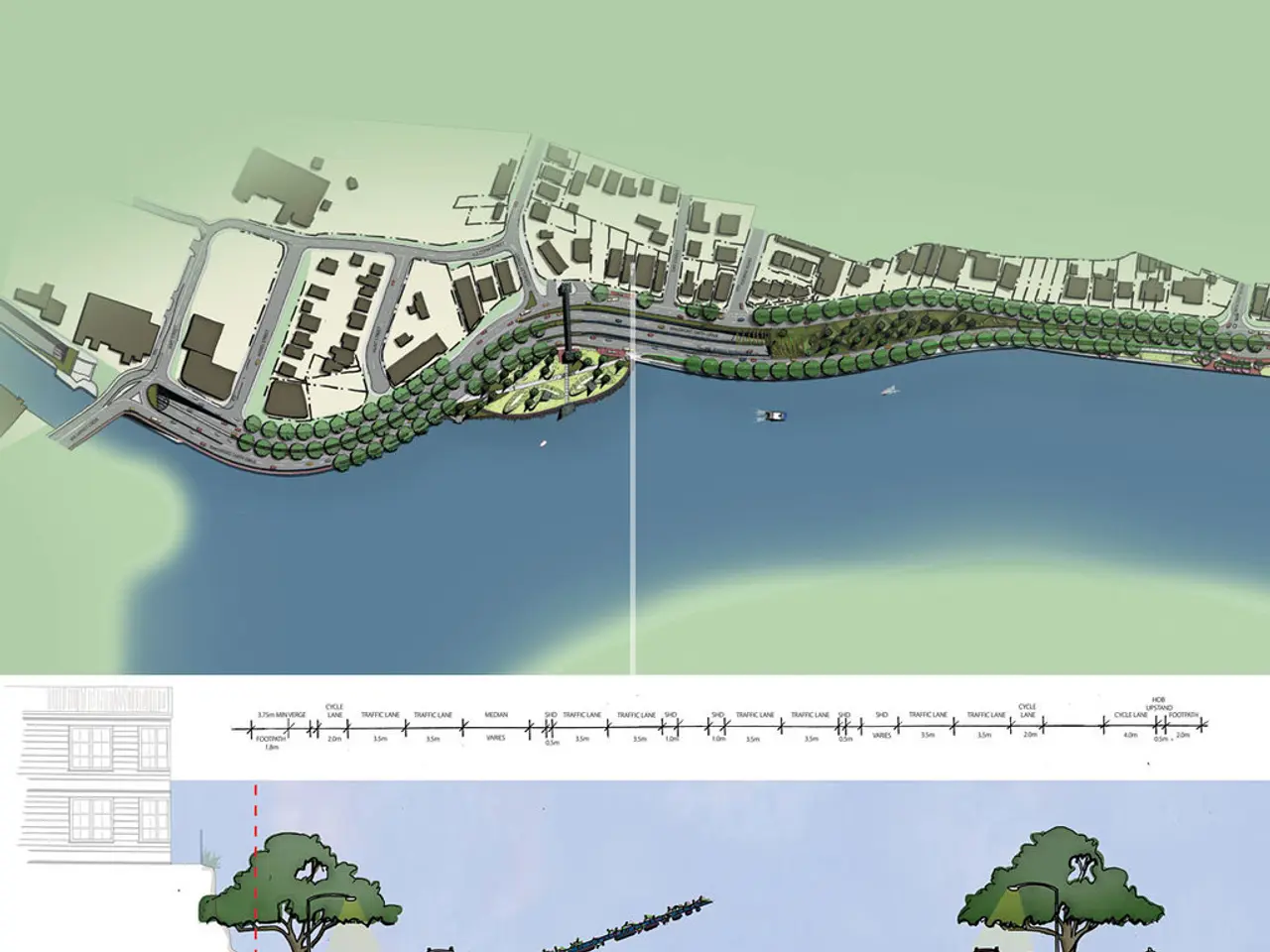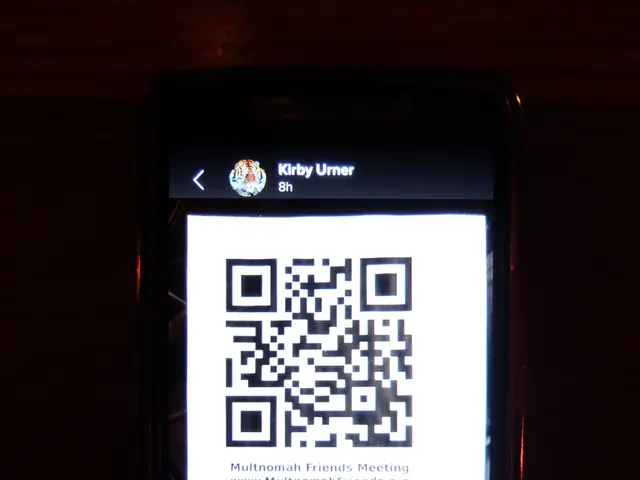3D Virtual Event Platform for Art Displays in Cyberspace
In the ever-evolving world of art, a new frontier is emerging - online 3D virtual exhibitions. These innovative platforms are transforming the way we experience and create art, offering a sustainable, immersive, and accessible alternative to traditional physical exhibitions.
Artsteps, one such platform, allows users to create custom 3D spaces, upload and display 3D art, and add interactive elements to exhibitions. This web-based service eliminates the need for physical materials like walls, lighting, and display cases, making it a more eco-friendly option.
The convenience of online 3D virtual exhibition apps extends beyond the web. They are also available as mobile applications, enabling users to explore and interact with 3D art and exhibitions in a virtual environment from anywhere, anytime.
Vortic, a UK-based platform, offers an extended reality (XR) exhibition experience for galleries and institutions. Users can interact with virtual art exhibitions through a web, mobile AR app, and VR headsets. Major galleries like Victoria Miro, White Cube, and David Zwirner have utilised Vortic to reach wider audiences.
InSitu Art Room, an AR visualisation app, allows users to photograph artworks and instantly view them in different environments. This feature is particularly useful for artists, galleries, or collectors who want to see how artworks look in various settings.
Art Space, while primarily focused on creating art mockups, offers a wide range of customizable interiors to display artwork. Although it doesn't explicitly mention AR or 3D capabilities, these features could be leveraged for virtual exhibitions.
ARLOOPA, while not exclusively a virtual art exhibition app, offers augmented reality capabilities that could be used to view and interact with artworks in a virtual setting. Users can place and preview AR models, including art, in their environment.
Online 3D virtual exhibitions are typically much cheaper to produce than physical exhibitions, allowing artists and organisations to create more exhibitions and reach a wider audience. They also offer increased accessibility, as they can be accessed 24/7 from anywhere.
Eternal 3D is a mobile app that goes beyond exhibitions, offering digital memorials with 3D art exhibitions and funeral slideshows. It uses advanced 3D technology with artistic expression to create a revolutionary memorialising experience.
Exhibit is another web-based platform for creating and exploring virtual exhibitions. As AR and VR technology becomes more affordable and accessible, we can expect to see an increase in virtual exhibitions.
Many art galleries and museums have embraced this digital shift, hosting online exhibitions on their websites. Virtual exhibitions offer advantages over traditional physical exhibitions, providing a more immersive and engaging user experience, allowing users to feel like they are inside the exhibition and interact with the art in a more personal way.
In conclusion, the rise of online 3D virtual exhibition platforms is revolutionising the art world, offering a sustainable, accessible, and immersive alternative to traditional physical exhibitions. As technology continues to evolve, we can expect to see even more innovative uses of these platforms in the future.
Technological advancements in artificial-intelligence are considerably influencing the art world, as platforms like Artsteps and Vortic employ AI to create immersive 3D virtual exhibitions. These gadgets, leveraging technology, provide a sustainable and accessible alternative to traditional physical exhibitions.
The proliferation of mobile applications, such as Eternal 3D and Exhibit, further extends the reach of these virtual exhibitions, ensuring art can be explored and experienced from anywhere, anytime. Moreover, with the integration of augmented reality, art enthusiasts can interact with artworks in a variety of settings, enhancing their connection with the art.




